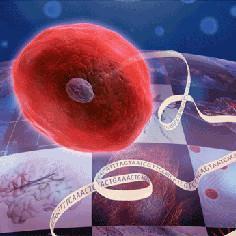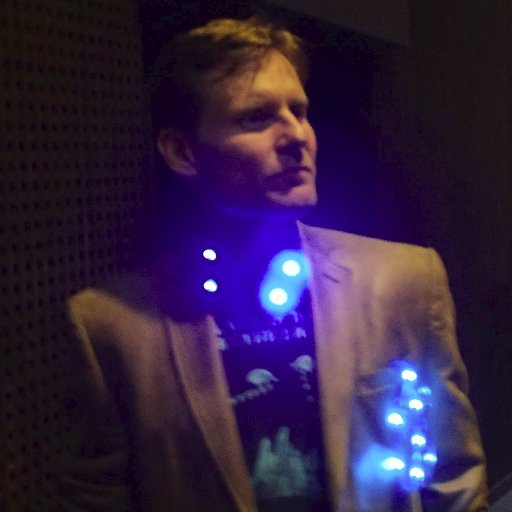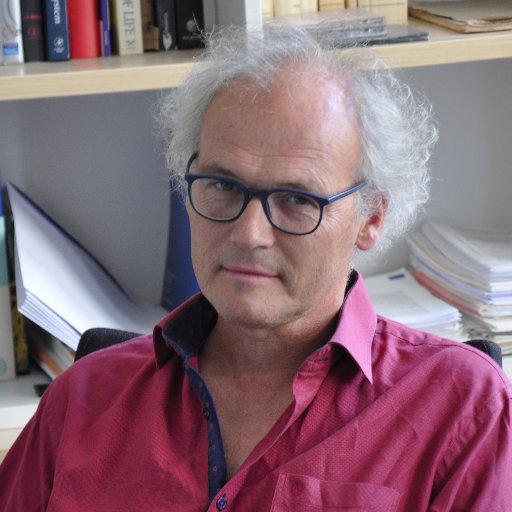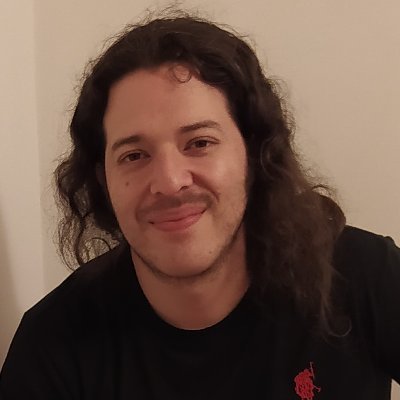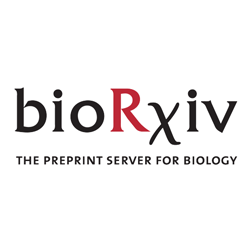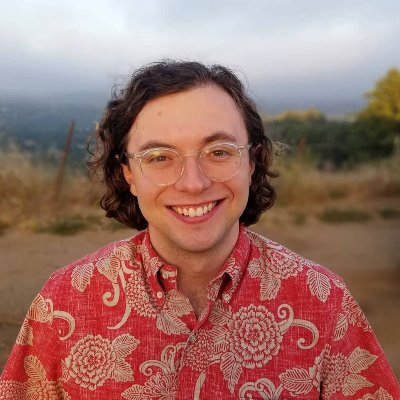
Dr. Alison G. Cole
@Alison20132006
Followers
110
Following
85
Media
0
Statuses
48
Comparative single cell analysis reveals complex patterns of cell type and cell signaling innovations at the fetal-maternal interface
0
2
3
New preprint! I’ve been thinking about genetic toolkits and convergent evolution.
preprints.org
A surprising insight from the advent of genomic sequencing was that many genes are deeply conserved during evolution. With a particular focus on genes that interact with light in animals, I explore...
0
5
19
Check out our updated single cell atlas of Nematostella, by @AlisonCole: https://t.co/sfoQPJldbW It was completely remapped on the new chromosome scale genome and gene annotation (PMID: 38092765), but also contains new data and analyses. Great work, Alison!
frontiersinzoology.biomedcentral.com
Background The recent combination of genomics and single cell transcriptomics has allowed to assess a variety of non-conventional model organisms in much more depth. Single cell transcriptomes can...
0
24
68
Thanks to funding by @FWF_at we will put worm snails in the limelight of evodevo and omics research! 2 fully funded PhD positions being announced soon. Feel free to spread the word and send inquiries directly to me if interested. 🐌🪱
2
19
35
#Jobs available: 3-year #PhD and #postdoc in our lab at @BioUHoh! We've got the infrastructure and now need the people. Very happy to discuss projects. Please RT widely! #DevBio #EvoDevo #Genomics #Insects #Evolution #GeneRegulation
https://t.co/njlYo5RxEM
https://t.co/tewWODzrcj
1
30
35
13 years ago this month, my son was diagnosed with brain cancer. I promised him that I would do everything I could to help kids with #ChildhoodCancer. It’s the only thing he asked us to do. Not to help him, but to help others. I would be grateful for a follow or a RT to spread
131
3K
6K
Medusozoans like the scyphozoan Aurelia undergo metagenesis from the asexual polyp to the sexual medusa. What are the changes in cell types? Check out our Aurelia scRNAseq atlas of this crucial body plan change:
biorxiv.org
We provide here a detailed single cell transcriptomic atlas covering the life cycle of the cosmopolitan scyphozoan Aurelia coerulea . We show that there is an increase in cell type diversity in the...
1
22
59
Great summary of a cool project. Happy to have played a small part!
qoto.org
In our new preprint we characterise neuropeptide signalling in the cnidarian #Nematostella. https://www.biorxiv.org/content/10.1101/2023.07.03.547448v1 Daniel Thiel and Luis Yanez-Guerra screened 64...
0
1
5
Regrettably, Daniel Thiel isn't on Twitter. But this is the result of 4 years of his postdoc work and our great collaboration during this time at the Jekely lab. We've identified numerous receptors in Nematostella and discovered many interesting things 1/n https://t.co/ArLGE2J7Uk
biorxiv.org
Neuropeptides are ancient signaling molecules in animals but only few peptide receptors are known outside bilaterians. Cnidarians possess a large number of G protein-coupled receptors (GPCRs) – the...
4
17
59
The #Aiptasia life cycle is closed! A prerequisite to settlement of larvae is actively hunting prey, not #symbiosis. Thus, carnivory likely is an ancestral feature in the cnidarian gastrula life stage:
biorxiv.org
The planulae larvae of cnidarians (jellyfish, hydras, anemones, corals) have attracted interest since Haeckels 150-year-old postulation of the gastrula developmental stage of sponges and corals as...
3
27
72
Ctenophores or sponges? We identified chromosomal changes that support ctenophores as the sister group of all other animals. In @Nature w/ @beroe @DanRokhsar et al. Support from @MBARI_News @NSF @ERC_Research 🔗 https://t.co/bSf0hwJHwU
28
168
526
We propose the ectodermal muscle may be a novel anthozoan muscle cell type. The single cell data is housed on the UCSC @cellbrowser! Thanks to @UlrichTechnau and all co-authors for making this possible. 4/4
0
1
5
This convergence is driven by the expansion of a family of bHLH transcription factors, and subsequent recruitment of the fast-retracting gene module between germ layers. Using CRISPR to disrupt the ectodermally expressed paralog, we eliminate the ectodermal muscle cell type 3/4
1
1
2
We document an association between contractile speed and differential use of paralogous gene sets across the four principal muscle fields. We further identify transcriptomic convergence of the two fast retracting muscles derived from separate germ layers. 2/4
1
0
1
Fruits of a great collaboration with @TechnauLab and @PRHSteinmetz now available from Nature Communications: https://t.co/u1VzAMn17a In this paper we demonstrate the presence of both fast and slow contractile muscles in a sea anemone. Thread 1/4
nature.com
Nature Communications - Different muscle cell types account for specific abilities in animals, yet how their diversification arose remains unclear. Here, the authors show that gene duplications of...
4
17
43
Work from @BabonisLeslie shows a simple switch controls the development of two alternative types of stinging cells in the sea anemone Nematostella vectensis. @Whitney_Lab @CornellEEB
https://t.co/LTLLxz2QTk
nature.com
Nature Communications - Understanding how new cell types arise is essential for understanding the evolution of animal diversity. This study shows that a single gene, NvSox2, acts as a simple switch...
0
5
19
It was great working with @ItaiYanai and Tamar Hashimshony. I learned a lot! Thrilled to see it go public: Have a look and let us know what you think! If you like it, then maybe you will also see transparent public reviews, courtesy of @eLife. https://t.co/8tnQDJ0LN5 (3/3)
biorxiv.org
Pattern formation originates during embryogenesis by a series of symmetry-breaking steps throughout an expanding cell lineage. In Drosophila , classic work has shown that the embryo segmentation is...
0
0
2
To consider these questions and more we generated an embryo- resolved single cell transcriptomic atlas of c.elegans development spanning the first seven cell cycles. We can identify every cell and reconstruct all founder cell lineages. What else would you ask these data? (2/3)
1
0
2
https://t.co/8tnQDJ0LN5 Have you ever wondered what the segmentation gene network is doing in non-segmented animals? Or how organisms with highly determinate development manages to segregate cell type identities? (1/3)
biorxiv.org
Pattern formation originates during embryogenesis by a series of symmetry-breaking steps throughout an expanding cell lineage. In Drosophila , classic work has shown that the embryo segmentation is...
2
6
42

